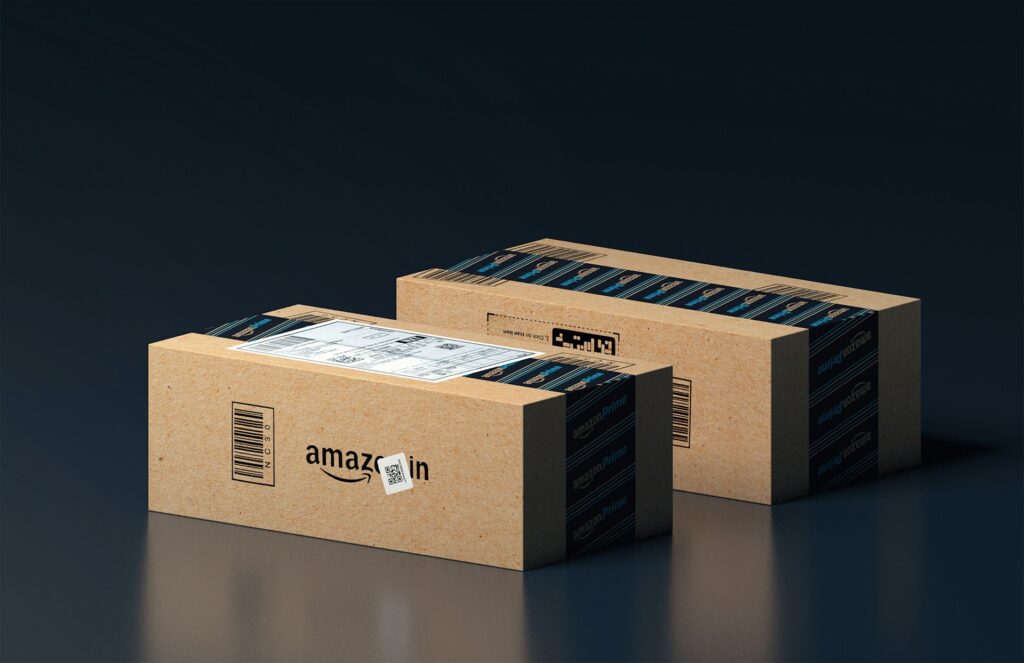Price alerts on Amazon represent a critical tool within the vast online shopping ecosystem, offering a way for both consumers and sellers to stay informed about pricing changes. This technology enables users to receive notifications when the prices of products they are interested in drop, helping them capitalize on the best deals while also facilitating strategic pricing adjustments for sellers.
In this article, we will explore the mechanics of how price alerts function on Amazon, delving into both the technical aspects and the practical implementation. We will also examine the significant benefits these alerts provide to consumers looking to maximize their shopping efficiency and to sellers aiming to optimize their competitive edge in the marketplace. Additionally, the article will provide strategic tips for effectively setting up and managing price alerts, ensuring that both buyers and sellers can make the most out of this feature.
Understanding Price Alerts on Amazon
Price alerts are a dynamic feature within the Amazon platform, designed to notify shoppers when products they are interested in drop in price. This Amazon price tracking mechanism enhances the shopping experience by ensuring customers do not miss out on the best possible deals. The functionality is embedded within Amazon’s comprehensive ecosystem, where users can easily subscribe to alerts on specific products.
Within Amazon, these alerts are facilitated by tools that track changes in price and availability. Users can set up alerts directly through their Amazon account on the product detail pages or by using Amazon’s mobile app, which integrates these features for on-the-go tracking. This system relies on Amazon’s robust data infrastructure to monitor prices continuously and notify users promptly through push notifications or emails when there’s a change that meets their set criteria.
This article will further delve into the practical benefits of using price alerts for consumers who wish to maximize savings and for sellers aiming to adjust their pricing strategies in response to market movements. We’ll explore how to effectively leverage these tools to gain a competitive advantage, ensuring both buyers and sellers can fully utilize the potential of price alerts on Amazon.
Benefits of Using Price Alerts for Consumers
Price alerts on Amazon significantly enhance the shopping experience by ensuring that consumers never miss out on the best deals for their desired products. These alerts empower customers by providing them with real-time updates when the prices of items they are interested in drop or meet a specified threshold. This timely information can lead to better purchasing decisions and substantial savings without the need for constant manual monitoring of product prices.
For example, a customer interested in buying a high-end electronic device can set up a price alert for specific models they are watching. When the price drops to within their budget range, they receive an instant notification, allowing them to make an immediate purchase at a more favorable price. This proactive approach not only saves money but also reduces the time spent searching for deals, making shopping more efficient and satisfying.

Furthermore, price alerts can help shoppers budget more effectively. By setting alerts at specific price points, consumers can plan their purchases around price drops, allocating their spending more efficiently across different needs and wants. This is particularly useful during major sale events like Black Friday or Amazon Prime Day, where timing and speed are crucial for securing the best deals.
Additionally, price alerts can foster a more engaging shopping experience. They create a sense of anticipation and excitement, enhancing customer engagement with the platform. Consumers often feel rewarded when they purchase an item at a significantly lower price, which can enhance their loyalty to Amazon and increase their likelihood of returning for future shopping needs.
Overall, price alerts serve as a vital tool in the savvy shopper’s arsenal, blending convenience, savings, and smart shopping into a seamless digital experience.
Strategic Advantages for Amazon Sellers
For Amazon sellers, the strategic use of price alerts can significantly enhance their ability to compete and thrive in the marketplace. By leveraging price alerts, sellers can dynamically adjust their pricing strategies in response to real-time market conditions. This responsiveness to price fluctuations not only helps maintain competitive pricing but also capitalizes on opportunities to increase sales during peak demand periods.
Price alerts facilitate competitive pricing tactics by notifying sellers when competitors lower their prices, allowing them to make informed decisions about whether to match these prices or offer promotions to maintain sales volume. This can be particularly beneficial during high-traffic periods, such as holiday sales, when pricing is most volatile. Additionally, price alerts can help sellers avoid race-to-the-bottom scenarios, which can erode margins, by providing them the data needed to price products profitably yet competitively.
Furthermore, these alerts can aid in inventory management by signaling when it might be time to adjust prices to clear out inventory based on market trends, thereby optimizing both sales and profits. Overall, the ability to adjust prices quickly and strategically with the aid of price alerts can lead to enhanced market agility, better customer retention, and increased profitability for Amazon sellers.
Setting Up and Managing Price Alerts
Setting up and managing price alerts on Amazon is a straightforward process that can lead to more effective and efficient shopping experiences. Here’s how consumers can get started:
- Log in to Your Amazon Account: Start by signing into your Amazon account on a web browser or via the Amazon mobile app.
- Find the Product: Navigate to the page of the product you wish to track.
- Set the Alert: Look for the option to ‘Add to List’ or similar and choose ‘Create a Price Alert.’ You can set the desired price at which you want to receive an alert.
- Manage Alerts: You can manage your alerts by visiting ‘Your Lists’ from the account menu, where you can view all your active alerts, edit price points, or remove alerts as needed.

To maximize the relevance and efficiency of your alerts, customize the settings to your shopping preferences, such as setting alerts for significant price drops or for specific price thresholds that meet your budget. Regularly updating and pruning your alerts can help keep them manageable and relevant.
Conclusion
This article highlighted the significant role of price alerts in Amazon’s marketplace, underscoring their utility for both buyers seeking deals and sellers optimizing pricing strategies. Leveraging these tools enhances the consumer experience and equips sellers with dynamic pricing capabilities, proving essential for navigating the competitive landscape of online retail.



